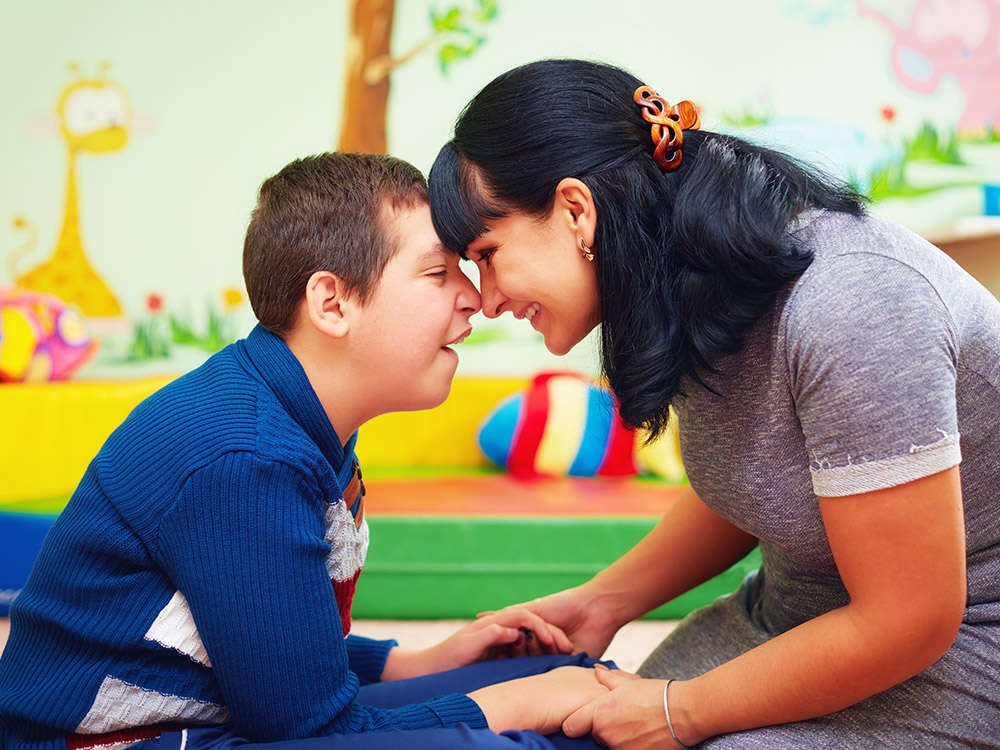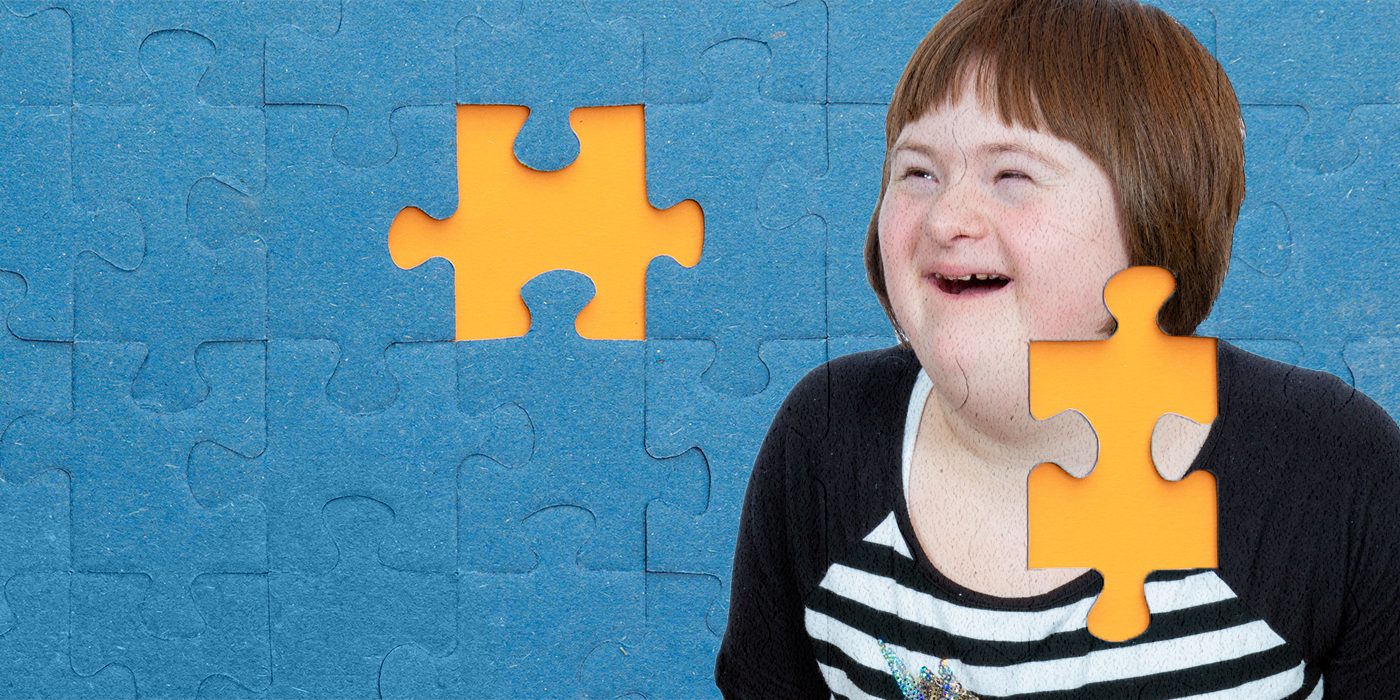Browsing Social Obstacles: Tips for People Coping With Autism
Browsing Social Obstacles: Tips for People Coping With Autism
Blog Article
Checking Out Autism: Methods for Efficient Interaction and Communication
Reliable communication and interaction with people on the autism spectrum demand a comprehensive understanding of their one-of-a-kind needs and preferences. Approaches such as using clear language, utilizing aesthetic assistances, and promoting constant routines can substantially boost involvement and lower anxiousness. Recognizing the value of non-verbal signs and shared rate of interests paves the way for purposeful links. The ins and outs of these methods reveal further considerations that warrant exploration, specifically in exactly how they can be adapted to private experiences and diverse contexts. What might these adjustments look like in method?
Comprehending Autism Range Disorder
Autism Range Disorder (ASD) incorporates a variety of neurodevelopmental problems characterized by difficulties in social interaction, interaction, and repetitive actions. The term "spectrum" shows the varied manifestations and varying degrees of severity experienced by people with ASD. While some may display substantial impairments, others might present high-functioning attributes, enabling greater self-reliance in day-to-day life.
The start of ASD usually happens in early childhood, with indications often recognizable by age two. Very early signs may consist of delayed speech advancement, minimal eye call, and difficulties in understanding social hints. The exact etiology of ASD continues to be uncertain, research suggests a combination of environmental and hereditary factors plays an important function in its growth.
People with ASD usually have one-of-a-kind strengths, such as increased interest to detail and outstanding memory skills. They may have a hard time with recognizing abstract ideas and handling modifications to routine - autism. As an outcome, treatments and support customized to private requirements are necessary for cultivating communication and social skills. Acknowledging the intricacy of ASD is essential for promoting awareness, acceptance, and reliable techniques that assist in meaningful communications with people on the range.

Relevance of Clear Communication
Reliable interaction is crucial for cultivating understanding and link, especially for individuals with Autism Range Condition (ASD) Clear interaction not only assists in social interactions however also enhances the person's capability to express their thoughts, demands, and emotions. For individuals with ASD, the nuances of language can typically be challenging; consequently, utilizing straightforward and distinct language is necessary.
Additionally, clear communication helps in reducing frustration and stress and anxiety that may emerge from misunderstandings. When messages are conveyed in a straight and consistent fashion, people with ASD are much better geared up to analyze information accurately, which can considerably improve their social involvement and involvement in numerous setups.
Developing regimens and utilizing aesthetic assistances can additionally strengthen clear communication. These techniques offer individuals with predictable structures that aid comprehension and retention of details. Additionally, actively listening and being client throughout communications promotes a supportive atmosphere where individuals with ASD really feel valued and understood.
Eventually, focusing on clear interaction not only empowers individuals with ASD click now however additionally cultivates more significant links with their peers, caretakers, and the bigger community, paving the way for collective connections and inclusive communications. - autism
Non-Verbal Interaction Strategies
Communication prolongs past words, and for individuals with Autism Spectrum Condition (ASD), non-verbal cues play a substantial duty in interactions. Non-verbal communication methods can consist of face expressions, gestures, body language, and eye contact, every one of which act as crucial components for conveying objectives and emotions.
Comprehending and translating these non-verbal signals can boost interactions with individuals with ASD. A cozy smile or open stance can produce a welcoming atmosphere, encouraging involvement. Similarly, using visual aids-- such as image cards or signs-- can connect communication voids and aid communicate messages a lot more properly.
It is likewise important Get More Information to be conscious of personal space, as people with ASD may have various comfort levels concerning proximity. Observing their responses to physical distance can notify suitable modifications.

Creating Encouraging Settings
Developing a helpful environment is important for fostering favorable interactions and improving the well-being of people with Autism Spectrum Problem (ASD) Such atmospheres can dramatically minimize stress and anxiety and create a sense of security, permitting people to reveal themselves much more openly.
To attain this, it is necessary to consider sensory level of sensitivities that people with ASD may experience. Changing the physical space to check over here consist of soft lighting, very little background sound, and comfy seats can develop a soothing ambience. Additionally, making use of constant routines and clear aesthetic routines can assist individuals anticipate transitions and decrease uncertainty, additional advertising comfort.
Social spaces ought to be structured to minimize frustrating stimulations while offering opportunities for interaction in recommended activities. Facilitating locations designated for silent time can also work as a refuge during minutes of tension. Notably, integrating elements of selection encourages individuals, permitting them to work out firm in their setting.

Urging Social Interactions
Cultivating social interactions among individuals with Autism Spectrum Disorder (ASD) requires intentional methods that prioritize convenience and involvement. Developing predictable routines can aid lower anxiousness, making social settings much more friendly. Producing organized atmospheres with defined responsibilities and duties allows individuals to involve without the overwhelming stress of unstructured social characteristics.
Including interests and strengths into social activities can serve as a catalyst for interaction. Arranging team tasks around shared leisure activities or subjects of attraction can facilitate all-natural discussions and connections. In addition, utilizing aesthetic supports, such as social scripts or photographic schedules, can help in recognizing social signs and expectations.
Designing proper social actions is crucial - autism. Peers and adults should demonstrate effective interaction techniques, including active listening and turn-taking. Role-playing circumstances can likewise offer a safe space for individuals to practice these skills
Lastly, cultivating peer relationships through comprehensive techniques is crucial. Urging inclusive playdates or team trips can produce possibilities for socialization in a comfortable setup. By applying these approaches, educators and caregivers can dramatically improve social communications for people with ASD, advertising their general social development and health.
Verdict
In verdict, reliable communication and interaction strategies are important for sustaining people with Autism Range Problem. Ultimately, these approaches empower individuals with autism to browse social landscapes, promoting their total health and allowing the advancement of long-term partnerships.
Efficient interaction and communication with people on the autism spectrum require a comprehensive understanding of their distinct demands and preferences. Clear interaction not just facilitates social interactions but likewise boosts the individual's capacity to express their emotions, ideas, and requirements.Cultivating social interactions among people with Autism Spectrum Disorder (ASD) requires deliberate strategies that prioritize comfort and engagement. By implementing these caretakers, methods and educators can considerably improve social interactions for people with ASD, promoting their general social development and health.
In verdict, reliable communication and interaction techniques are important for supporting individuals with Autism Range Condition.
Report this page